A Nazi time capsule was discovered in Poland, buried in the foundations of the old Nazi training school of Ordensburg Krössinsee. The capsule, dating back to 1934, contains fantastically preserved relics, an irregular occurrence as many weathered time capsules fail to stand the test of time.
[text_ad]
The contents of the capsule include: silver and bronze Reichsmark, two copies of Mein Kampf, photographs of Nazi leaders and of the nearby town, then know as Falkenburg, a program from the town’s 600th anniversary celebration in 1933, a map of the area, and two newspapers dated April 21st and 22nd, 1934. They will be translated and preserved by the National Museum in Szczecin, Poland, before being made available to the public.
How was a German time capsule found in Poland?
The facility is located near the current-day town of Złocieniec, Poland. However, in 1934, this town was within the territorial boundaries of Nazi Germany and known by its German name, Falkenburg. Poland would annex the town as part of the massive post-war territorial exchange, which would see massive territorial gains from the collapsed Third Reich along Poland’s Western and Northern borders, and significant losses on its Eastern border to the Soviet Union.
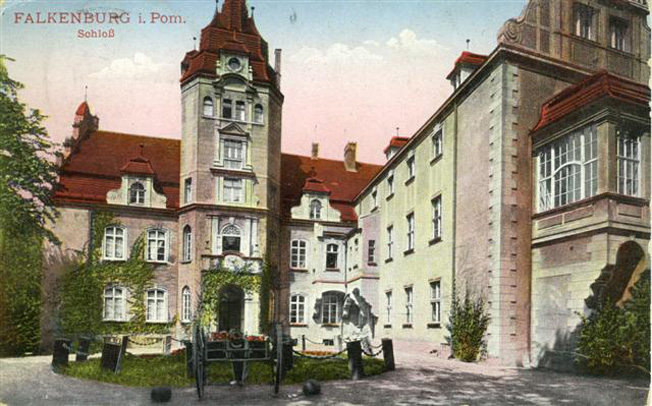
Researchers knew what they were looking for when they found the capsule. They had picked through concrete, avoided old German landmines still active from the war, and waded through groundwater in search of the capsule, believed to hold photographs and film footage from the town’s anniversary celebration. No film was found, however the perfectly preserved artifacts that they did find are impressive in their own right.
History of the “Order Castles”
The facility was the first NS-Ordensburg (National Socialist Order Castle) education center, which was designed to train and indoctrinate the Nazi Party’s elite. The original plans called for four Ordensburgen to be built, however only three were ever completed. The Ordensburgen had very specific requirements: cadets had to be German nationals between the ages of 23 and 26, at least 63 inches tall, and have no physical limitations.
Life in the Ordernsburgen was the embodiment of the social Darwinism and elitism that characterized the Nazi ideology. Historian Lisa Pine, in her book Education in Nazi Germany, details the rigorous and cruel physical training at the Ordensburgen, where accidental death was common. However, even with the brutality of the physical training, the Ordensburgen students did not live modestly, dining in large halls, visiting family regularly, taking trips and attending events paid for by the state, and enjoying a range of special privileges over their fellow countrymen.
Members of the Hitler Youth would join the Nazi cadres at Ordensburg Krössinsee in 1937. As the Nazi war effort in 1939 drew from the ranks of their older counterparts, the Hitler Youth would continue to use the facility as its sole occupants.
A Relic of a Darker Time
The time capsule’s makers would likely have never predicted that Ordensburg Krössinsee would find itself under Polish administration, nor that their idealized Thousand-Year Reich would fall remarkably short of its goals in its bloody collapse eleven years later. Unwittingly, their capsule has become yet another artifact in an exhibit of the hubris and failure of Nazi Germany.
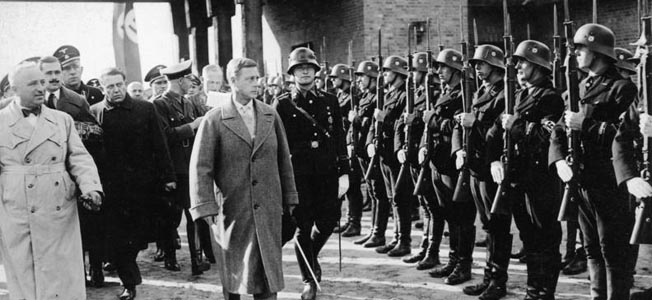
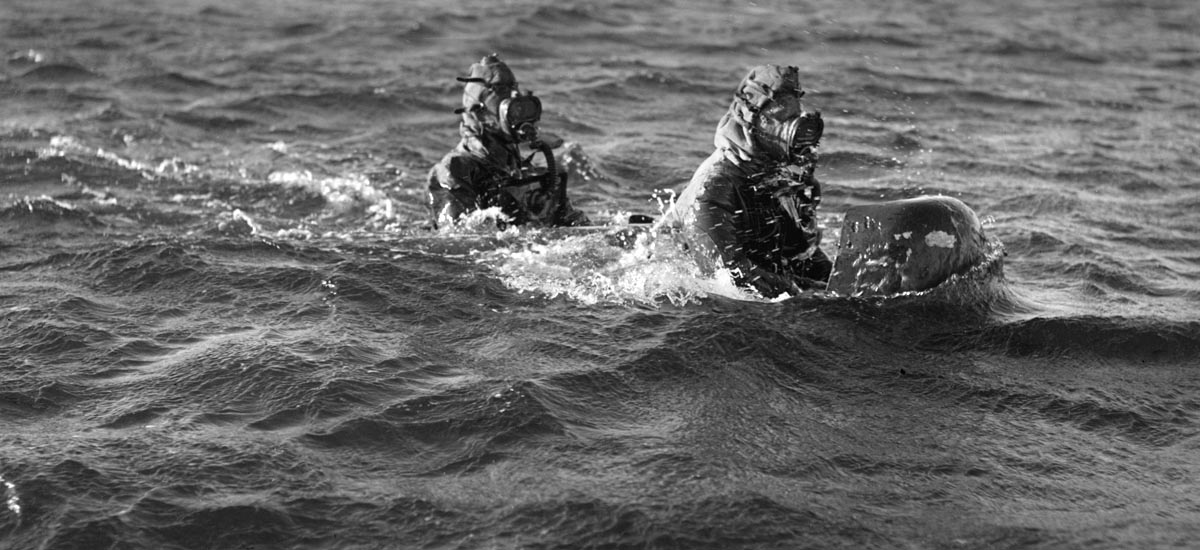
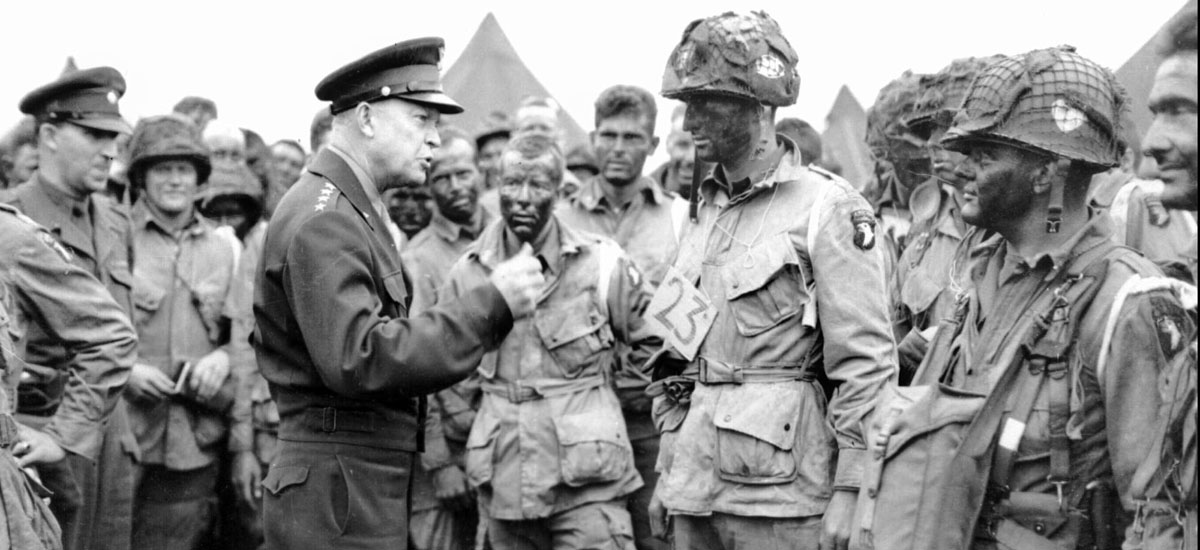
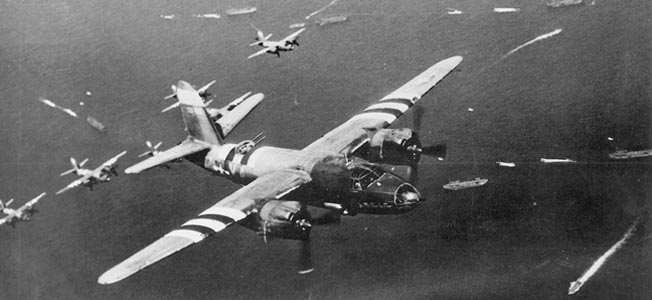
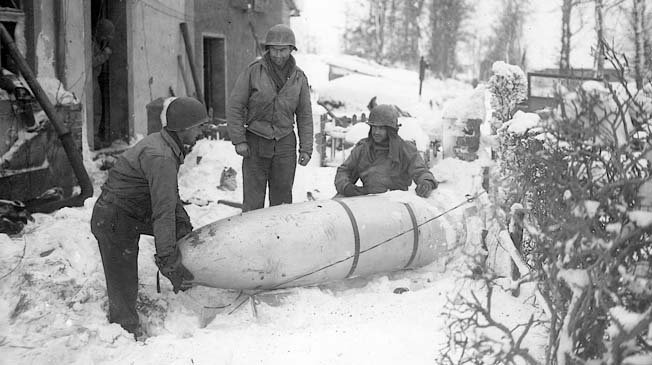

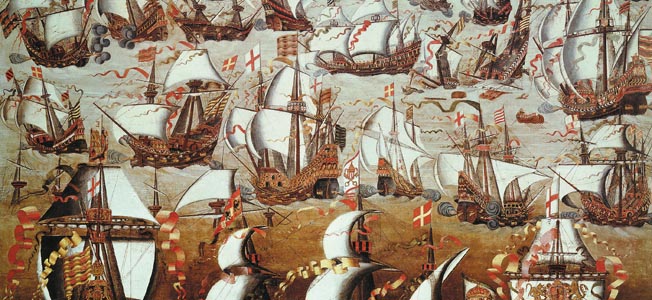
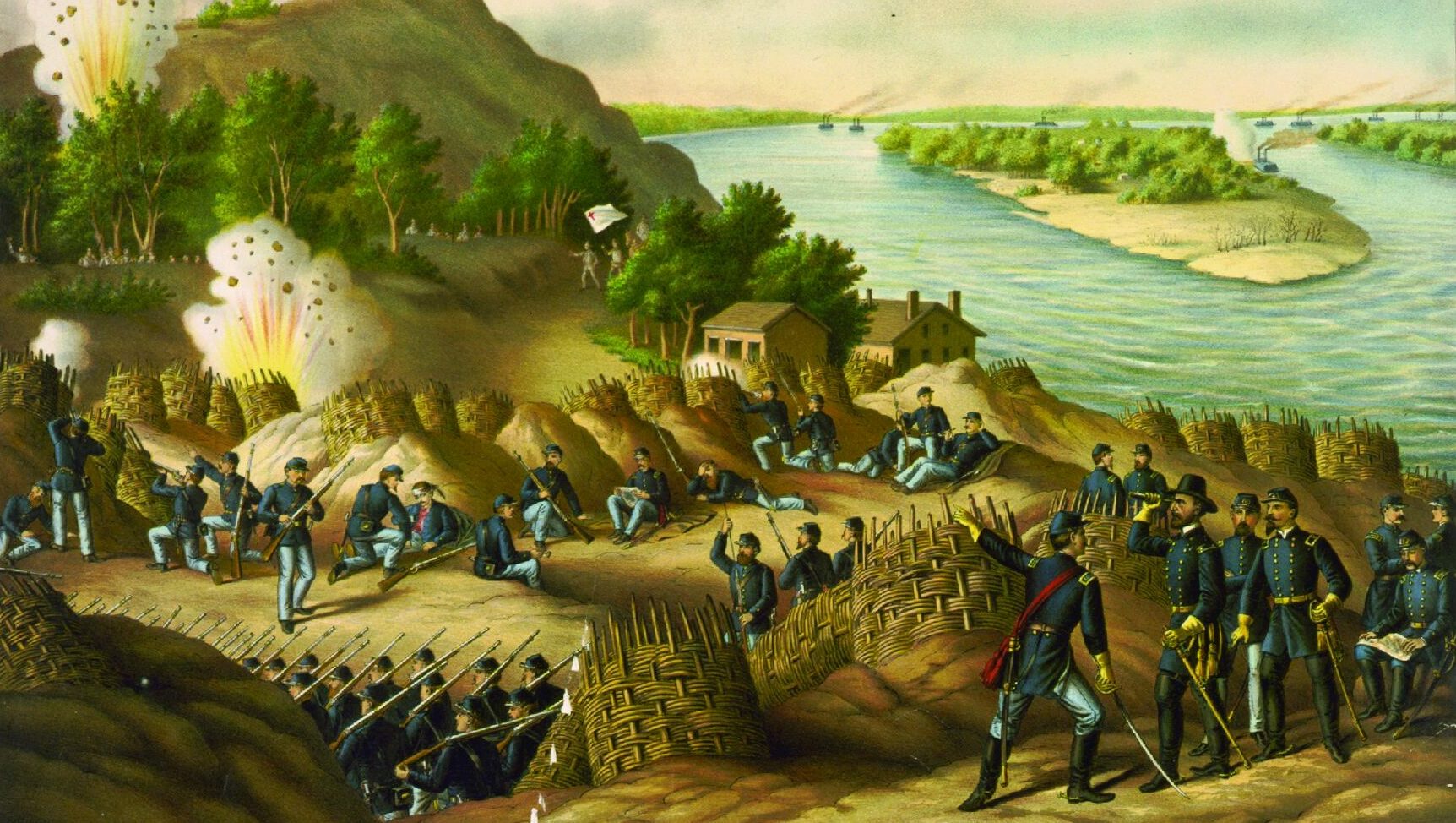
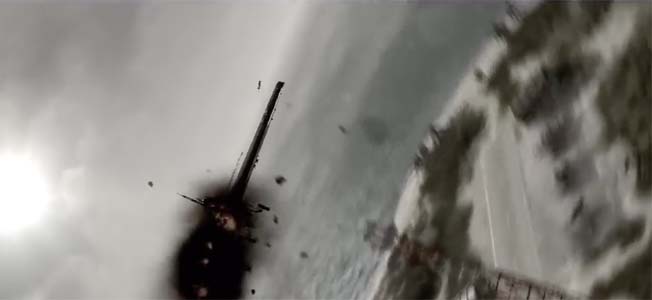
It’s kind of amazing what turns up in remote places.
While in the small town of Radgoszcz, Poland (near Tarnow), I visited a cemetery that had the graves of many soldiers from WWI.
Locals told me that there are also German soldiers from WWII buried there, but in unmarked graves for fear that advancing Red Army units would desecrate the graves.